PocketScroller V2
$28.00 – $82.00Price range: $28.00 through $82.00
6-Output LED Panel Cape for PocketBeagle
NOTE: The PocketScroller does not yet fully work with the new PocketBeagle2’s. While the panel does show the contents, there is some strange ghosting/interference that has not been figured out yet.
What is it?
It’s a cape for the PocketBeagle that provide 6 HUB75 output connectors for driving standard P10/P5 panels. It also contains a temperature sensor,two push buttons for access to the FPP menus, and a connector for an OLED display. However, due to limitations in the PocketBeagle, the OLED can only be used if the 6th HUB75 output is not used.
Why did you make it?
P10 and P5 LED panels have become a popular method of displaying images, text, and effects for animated Christmas Light displays. Traditionally, the community has been using an “Octoscroller” on a full Beaglebone Black for driving the panels. This cape provides much of the same functionality, but for the smaller/cheaper PocketBeagle.
What makes it special?
The PocketScroller has 6 output connectors, each of which can drive more that 12 P10 1:8 scan panels for a total panel count of 72. It supports the 1:4 scan P10 panels, 1:8 scan P5 panels, and 1:16 scan P5 panels. Other panels types that use the 1:8 or 1:16 scan rates are also supported. Note: 1:32 scan panels are NOT supported.
The OLED display on the PocketScroller will not fully function if all 6 outputs are used. Due to lack of enough GPIO pins on the PocketBeagle, the OLED shares pins with output 6. If you use all 6 panels connectors to run panels, the OLED will display information at boot time, but will then shut off once FPPD starts. If not using all 6 outputs, it is advised to leave port 6 open so that the OLED will continue to function normally.
The FPP software that runs on the PocketBeagle is capable of playing sequences off the local SD card, but can also accept e1.31 or DDP data via a network adapter plugged into the USB port. (WIFI or Ethernet) Any software that can output e1.31 should be able to send effects to the PocketScroller for display on the Panels.
The FPP software uses both PRU’s on the PocketBeagle to drive the panels. This allows a very high refresh rate while freeing up the main CPU to handle the network IO and general panel layout.
All software and PRU code is open source and available on github.
The cape provides:
- 6 HUB75 output connectors
- USB-A connector for a USB ethernet or wifi adapater
- 3.5mm screw terminal for providing 5v power. This provides power to the PocketBeagle, the buffer chip, and the USB bus.
- Temperature sensor.
- 4 Pin Header for I2C OLED Display
You will need:
- A good quality SD card with the latest FPP image installed on it. The PocketScroller v2 requires at least FPP 6.0. The latest FPP images can always be found at https://github.com/FalconChristmas/fpp/releases/
- A USB network adapter – ethernet is preferred for initial setup, but WIFI (adapter must be supported by Linux/Beaglebone/Raspberry Pi) can also work if you use a micro-usb cable to connect to the PocketBeagle to do the WIFI setup.
| Weight | 3 oz |
|---|---|
| Dimensions | 4 × 4 × 1 in |
Be the first to review “PocketScroller V2” Cancel reply
You must be logged in to post a review.
Related products
Controllers
BeagleBone
Controllers
BeagleBone
BeagleBone
BeagleBone
BeagleBone
BeagleBone

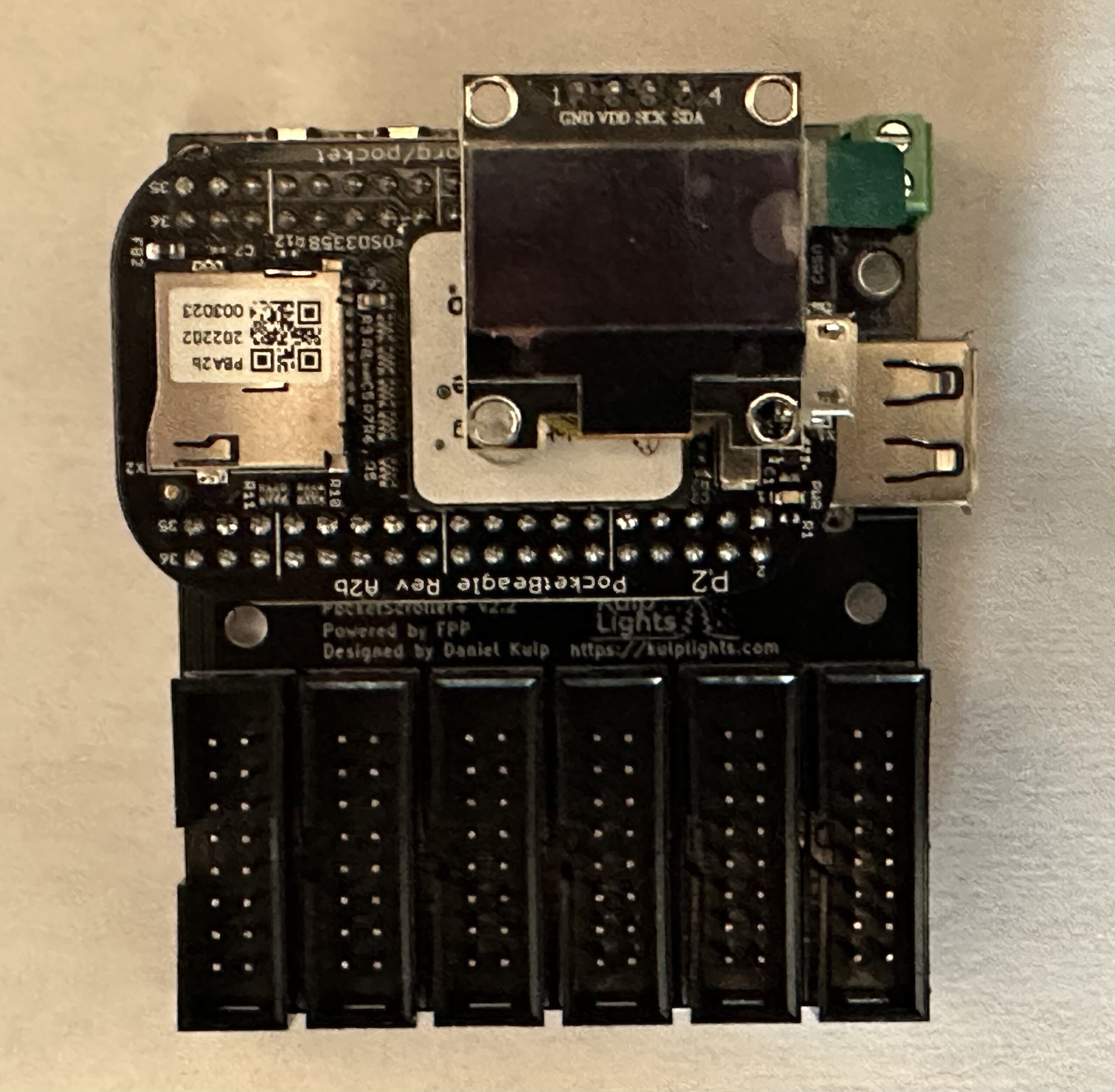
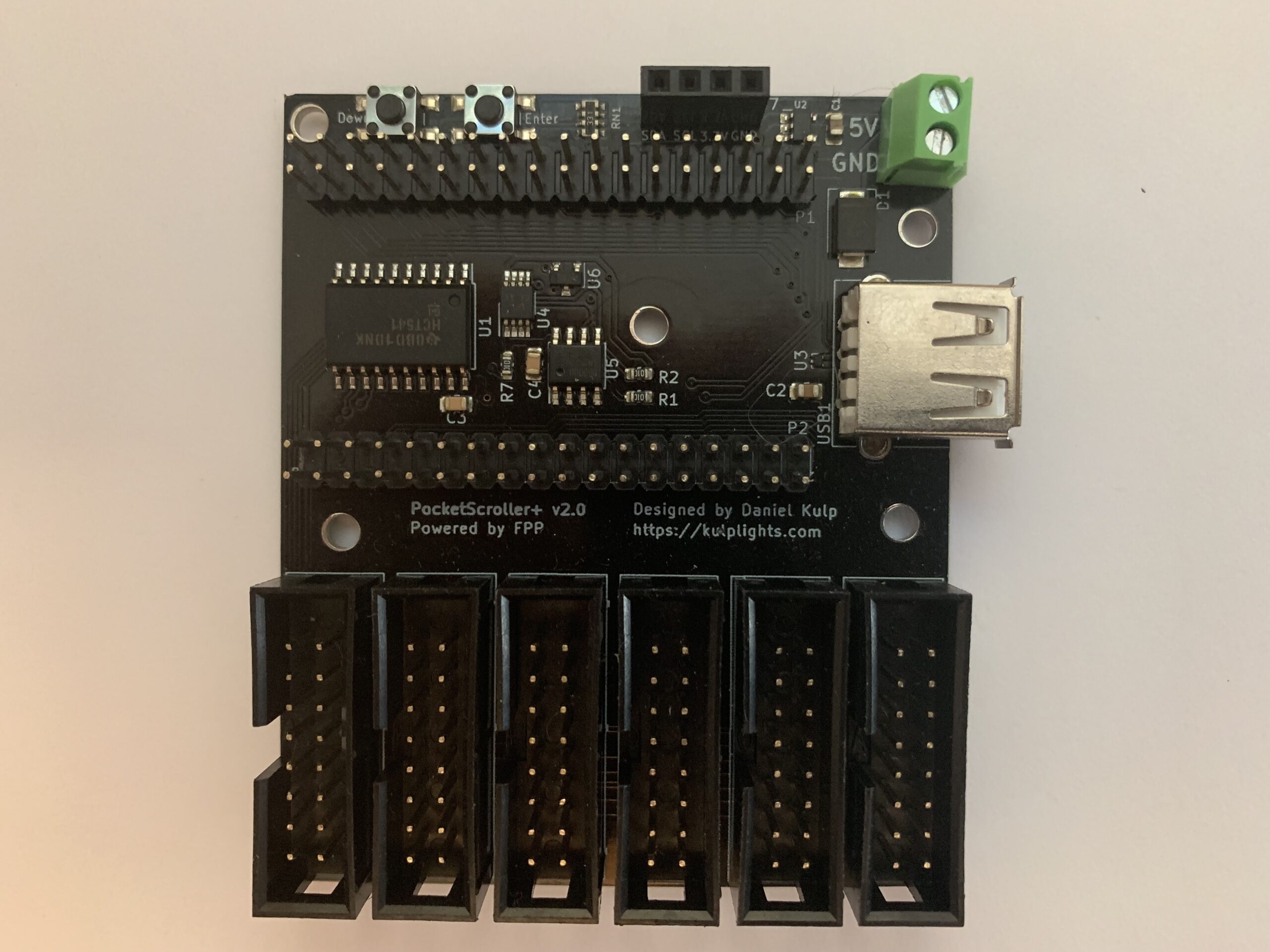
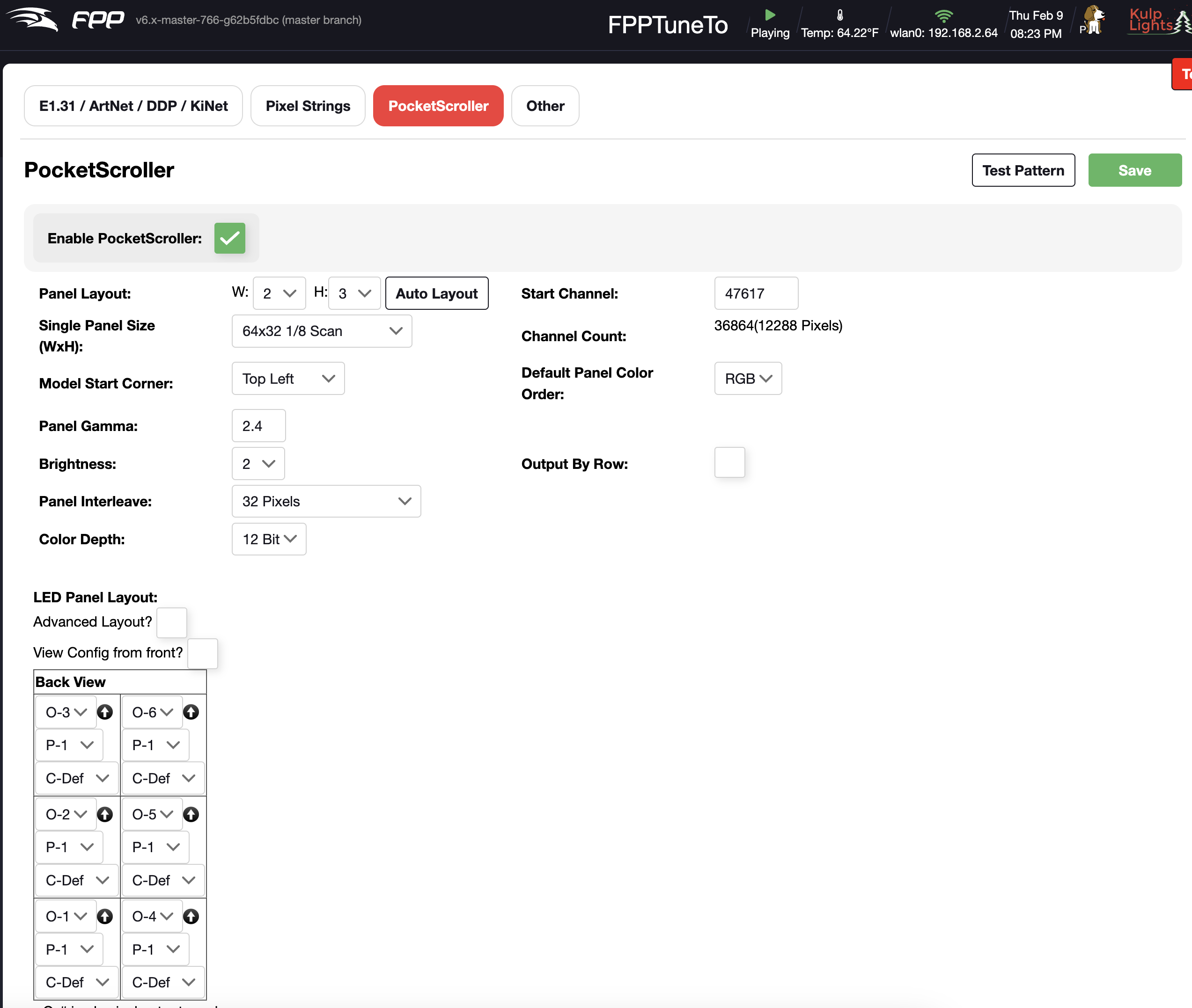
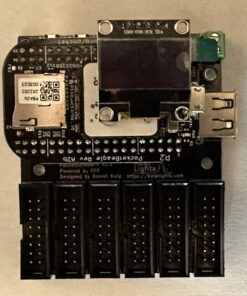
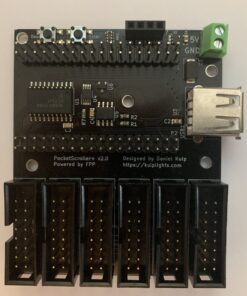
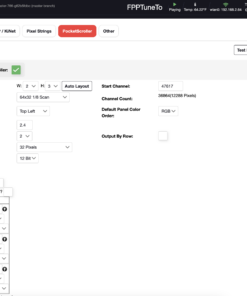
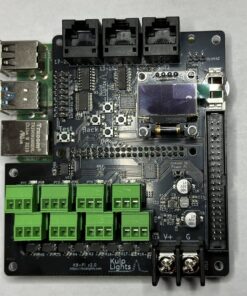
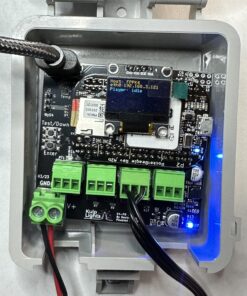
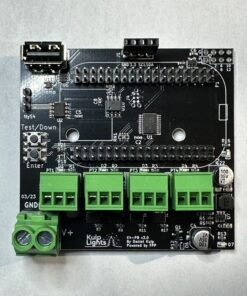
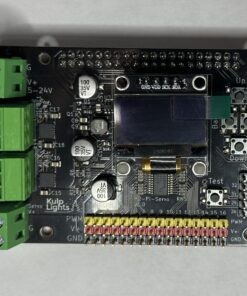


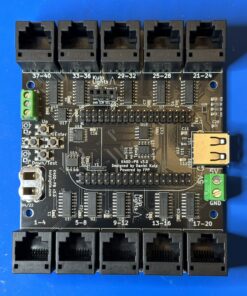
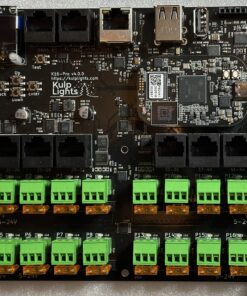
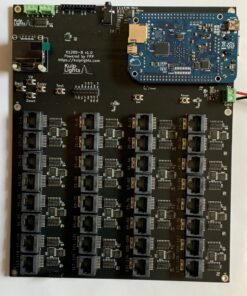
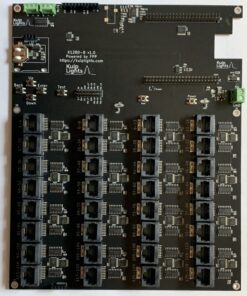
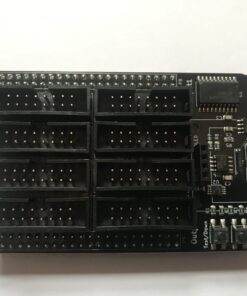
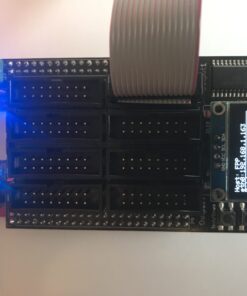
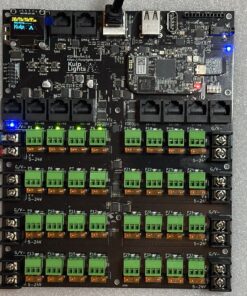
Reviews
There are no reviews yet.